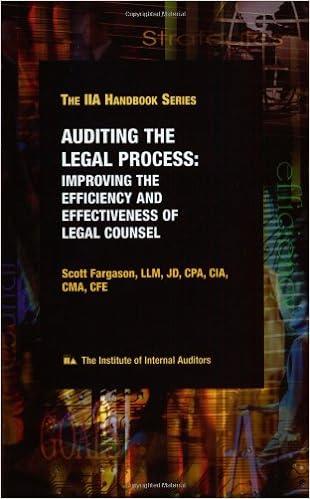Northwood Company manufactures basketballs. The company has a ball that sells for $25. At present, the ball is manufactured in a small plant that relies heavily on direct labor workers. Thus, variable costs are high, totaling $15 per ball. Last year, the company sold 30,000 of these balls, with the following results: Sales (30,000 balls.. Less variable expenses. $750,000 450,000 Contribution margin..... Less fixed expenses.. 300,000 210,000 Net operating income... $ 90,000 Required: 1. Compute (a) the CM ratio and the break-even point in balls, and (b) the degree of operating leverage at last year's sales level. 2. Due to an increase in labor rates, the company estimates that variable costs will increase by $2.75 per ball next year. If this change takes place and the selling price per ball remains constant at $25, what will be the new CM ratio and break-even point in balls? 3. Refer to the data in (2) above. If the expected change in variable costs takes place, bow many balls will have to be sold next year to earn the same net operating income ($70,000) as last year? 4. Refer again to the data in (2) above. The president feels that the company must raise the selling price of its basketballs. If Northwood Company wants to maintain the same CM ratio as last year, what selling price per ball must it charge next year to cover the increased labor costs? 5. Refer to the original data. The company is discussing the construction of a new automated manufacturing plant. The new plant would slash variable costs per ball by 40%, but it would cause fixed costs per year to double. If the new plant is built, what would be the company's new CM ratio and new break-even point in balls? 6. Refer to the data in (5) above. If the new plant is built, how many balls will have to be sold next year to earn the same net operating income ($90,000) as last year? b. Assume the new plant is built and the next year the company manufactures and sells 30,000 balls (the same number as sold last year). Prepare a contribution income statement and compute the degree of operating leverage. c. If you were a member of top management, would you have been in favor of constructing the new plant? Explain. a








